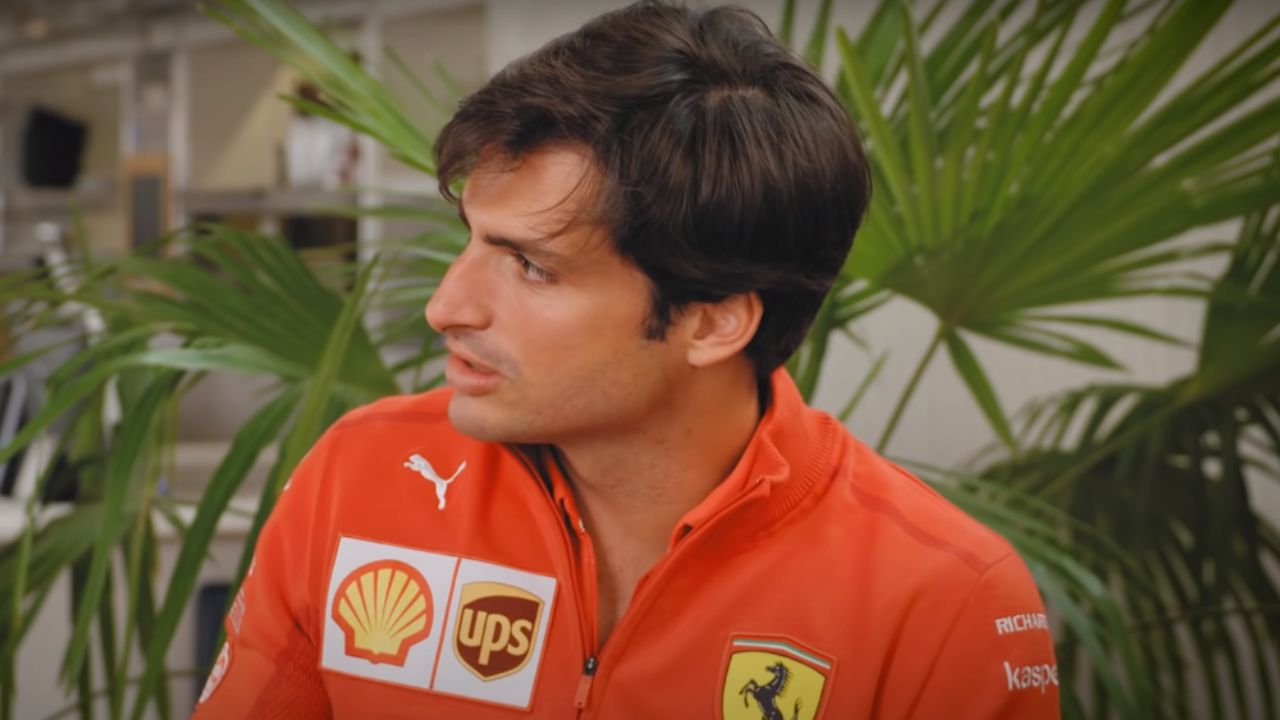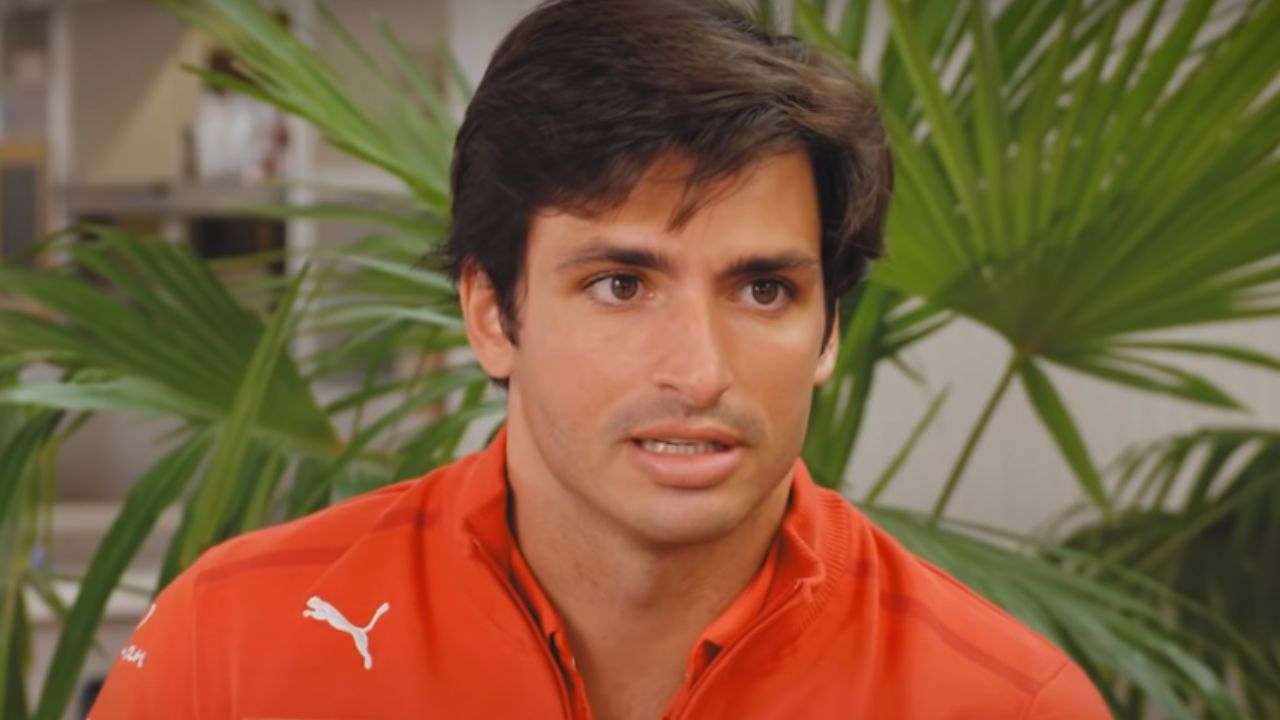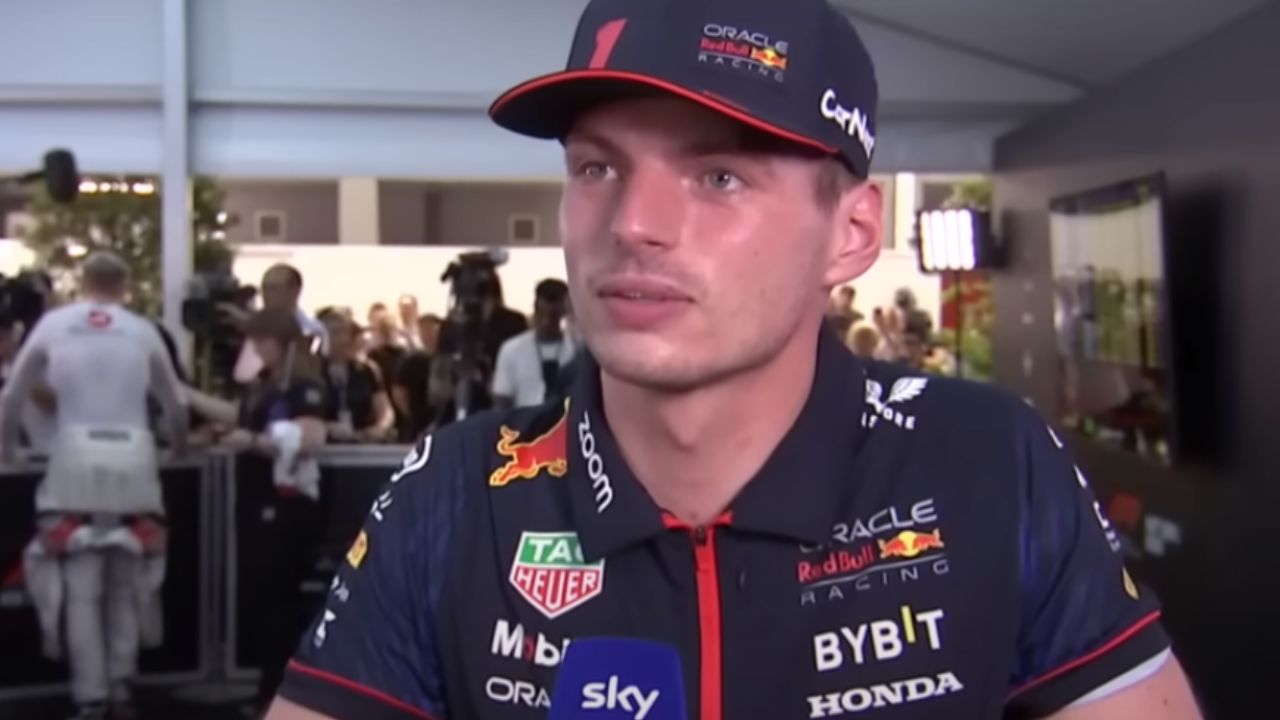The rev of engines is not the only sound echoing through the F1 community; it’s the heartbeats of anticipation as Madrid officially steps into the spotlight as the new host for the Spanish Grand Prix from the 2026 season. The buzz had been building for weeks, and on January 23rd, the rumors crystallized into reality. The shift from the iconic Circuit de Barcelona-Catalunya to Madrid promises not just a change of venue but an entirely new racing experience.
A Fusion of Tradition and Modernity: Madrid’s Hybrid Track
One of the most exciting facets of this announcement is the revelation that the Madrid circuit will be a unique blend of street and traditional F1 track. A hybrid design that promises to add an extra layer of unpredictability and excitement to the races. F1 CEO Stefano Domenicali hailed the move, expressing enthusiasm about Madrid becoming a benchmark for European races on the F1 calendar.
Accessible Racing: Madrid’s Track at the Heart of the City
For fans, this change isn’t merely about a shift in location but a promise of accessibility. Unlike its predecessor, the Madrid circuit will be nestled within the city itself, eliminating the need for extensive travel. This accessibility is poised to make it the most fan-friendly venue on the F1 calendar, amplifying the thrill for those witnessing the races live.
Carlos Sainz’s Dream Come True: A Homecoming Celebration
The news hits differently for Ferrari’s Carlos Sainz, a Madrid native. In the past, Sainz had openly shared his dream of having a hybrid track in Madrid, and now, that dream turns into reality in 2026. Sainz took to social media, sharing the official announcement and expressing his pride as a Spaniard and a Madrileño. His caption echoes the sentiments of a homecoming celebration, resonating with fans worldwide.
F1 is coming to Madrid in 2026! 🤩🇪🇸#F1 @IFEMA pic.twitter.com/QkvpE02WNQ
— Formula 1 (@F1) January 23, 2024
F1’s Growing Allure: Madrid Bets on the Billion-Dollar Impact
Madrid’s eagerness to embrace F1 is a testament to the sport’s skyrocketing popularity. The financial implications of this venue shift are staggering, with estimates pointing to a multi-billion-dollar windfall for Madrid. The economic impact transcends the racing tracks, reaching into the heart of the city’s socio-economic landscape.
Isabel Díaz Ayuso’s Vision: Billions in Revenue and Thousands of Jobs
The driving force behind bringing F1 to Madrid, Community President Isabel Díaz Ayuso, envisions an economic boon for the city. Her ambitious plans outline the creation of thousands of jobs and a substantial revenue boost, showcasing F1’s potential as an economic powerhouse. Ayuso’s presentation in the political chambers leaves no doubt about the transformative impact F1 could have on Madrid’s global image.

Countdown to 2026: Madrid’s F1 Extravaganza Beckons
As the political chambers greenlight the F1 project, Madrid gears up for a transformative journey. A state-of-the-art circuit in the heart of the city, billions pouring into the economy, and the eyes of millions worldwide tuned in. The Spanish Grand Prix in Madrid promises not just thrilling races but a spectacle that transcends the tracks.
In the midst of political maneuvering and economic calculations, one thing is clear—the roar of F1 engines will soon become the heartbeat of Madrid. The countdown to 2026 has begun, and the anticipation is palpable. As fans, drivers, and the city itself eagerly await the unveiling of F1’s newest gem, the Spanish Grand Prix in Madrid, the F1 landscape is set for a historic homecoming.






